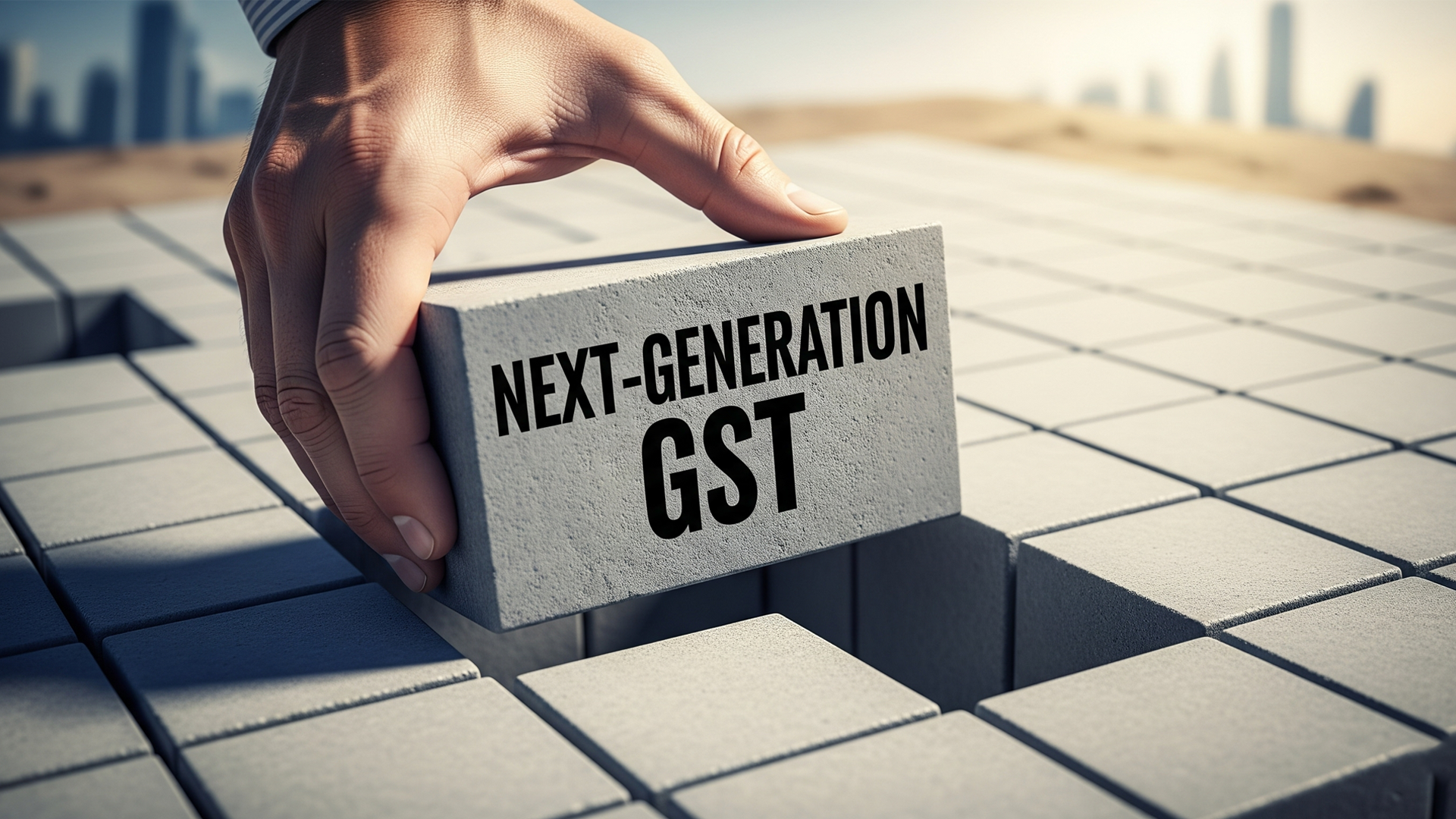
GoM Backs Two-Slab GST Structure, States Demand Revenue Safeguards
This is the first concrete move toward the “next-generation GST” reforms announced by Prime Minister Narendra Modi during his Independence Day 2025 address.
In a significant step towards overhauling India’s indirect tax regime, the Group of Ministers (GoM) on Goods and Services Tax (GST) rate rationalisation has endorsed the Centre’s proposal for a simplified two-slab system, doing away with the current four-tier structure. Bihar Deputy Chief Minister Samrat Choudhary confirmed that the GoM has agreed to scrap the existing 12 percent and 28 percent tax rates, paving the way for a streamlined dual structure of 5 percent and 18 percent.
This is the first concrete move toward the “next-generation GST” reforms announced by Prime Minister Narendra Modi during his Independence Day 2025 address, where he had stressed the need for simplification and transparency to make GST more taxpayer-friendly and growth-oriented.
Transition of goods under 12% and 28% slabs
Currently, India’s GST structure has four major tax brackets—5, 12, 18, and 28 percent—apart from special rates for gold, precious stones, and unprocessed food items. The government’s proposal is to subsume goods under the 12 percent bracket into the lower 5 percent or the standard 18 percent category, depending on the nature of the item. Similarly, goods in the 28 percent bracket—typically luxury and sin goods such as automobiles, tobacco, and aerated drinks—will be reclassified under the new structure.
A detailed, item-wise classification is expected at the next GST Council meeting, scheduled for September. The GoM has also proposed an amendment to increase the maximum GST ceiling to 40 percent to ensure that the current tax incidence on luxury and sin goods remains unaffected.
States divided on revenue concerns
While the Centre and several states see the rationalisation as a pro-consumer reform, concerns remain about potential revenue losses. West Bengal Finance Minister Chandrima Bhattacharya voiced apprehension that merging the 12 percent bracket into 5 and 18 percent could hurt state collections. “Several states have stressed the need for the Centre to compensate for any fall in revenue,” she said.
Uttar Pradesh Finance Minister Suresh Khanna, however, welcomed the move, saying it would benefit the common man and simplify compliance for businesses. He clarified that luxury vehicles, aerated drinks, and tobacco products would continue to attract higher levies, effectively keeping their tax burden unchanged. Bhattacharya also noted that 5–7 items would remain under the proposed 40 percent slab and hinted that an additional duty above 40 percent may be considered to safeguard revenue streams.
Next steps and larger context
The two-rate structure marks a sharp departure from the original GST design rolled out in 2017, which was meant to be a “one nation, one tax” system but evolved into a complex structure with multiple rates. The Centre has long argued that simplifying the system will reduce litigation, enhance compliance, and make India a more attractive destination for investment.
Economists believe the reform could also boost consumption by lowering the tax incidence on essential goods. However, the challenge will lie in balancing state finances. The earlier five-year compensation window for states ended in 2022, after which several states have repeatedly sought extended support citing uneven GST revenue growth.
The GST Council will now deliberate on the GoM’s recommendations before finalising the new rate structure. If implemented, this would be the most significant reform in the indirect tax regime since its inception, with far-reaching implications for businesses, consumers, and state finances.
